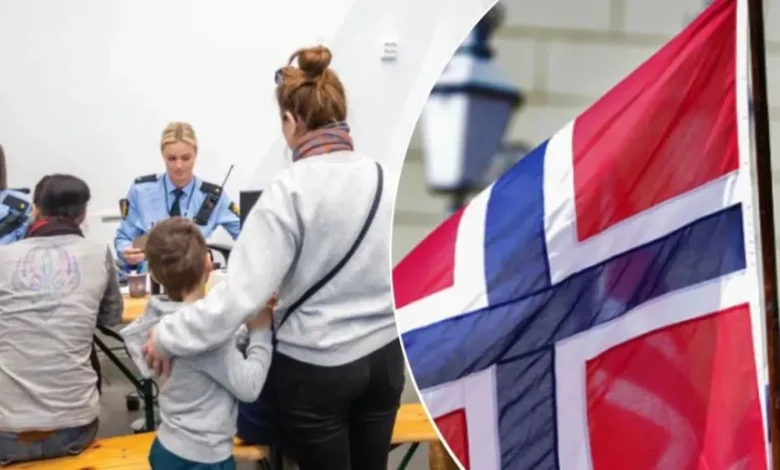Norway is changing the rules for Ukrainian refugees: what you should know

When the war forced millions of Ukrainians to seek refuge abroad, Norway became one of the refuges for those trying to escape the horrors unfolding in their native land. In Norwegian cities such as Oslo, Bergen and Trondheim, Ukrainian communities have become part of the urban landscape, but the time and challenges of integration have not gone unnoticed by the government. In mid-2024, Norway decided to implement new, stricter rules that should affect those who continue to seek asylum in the northern country.
According to the data of the Norwegian Immigration Service, more than 70,000 Ukrainians with the status of temporary collective protection currently live in the country. Despite this, the number of new refugees from Ukraine decreased by 40% this year. This trend forced the Norwegian authorities to review their policy regarding social benefits and living conditions for Ukrainian refugees.
New rules of social benefits for Ukrainians
Starting from July 2024, the rules for Ukrainian refugees in Norway have changed. If earlier they could count on social support regardless of living conditions, now new payments of 520 euros per month (23,746 UAH) are available only to those who live in official refugee reception centers and have registered with the National Registration Center. Such conditions are aimed at controlling the immigration flow and integration of new arrivals, in particular Ukrainians.
On the other hand, the Norwegian government offers significant incentive payments to those who decide to return to Ukraine. The amount that Ukrainian refugees can receive upon return is 1,500 euros (67,207 UAH). This decision caused an ambiguous reaction among the Ukrainian diaspora, as many have not yet decided on their future.
Changes in the rules on collective protection
In addition to changes in social benefits, Norway also introduced new rules on collective protection from 1 July 2024. From now on, if you lose your collective protection in Norway, you will not be able to get it again. These changes apply to those who left the country for a long time or visited Ukraine without a valid reason. In particular, the collective protection permit can be revoked if the person has been outside Norway for more than 6 months during the year.
Under the new rules, a repeated application for collective protection will be treated as an application for individual protection. This means that the Norwegian Directorate for Aliens (UDI) will carry out an individual assessment of whether you need protection in Norway.
Consequences of loss of collective protection
The loss of collective protection in Norway will have several serious consequences for the rights of Ukrainian refugees:
- You lose your rights in the municipality where you live.
- You are entitled to a place in the asylum while your application for individual protection is being processed.
- You must apply for a temporary work permit to be able to work while you wait for a response.
- If you get individual protection, you will have to find and pay for your own accommodation as your right to housing with public assistance will have already been used up.
- If the UDI determines that you do not meet the requirements for individual protection, your application will be rejected and you will have to leave Norway.
It is worth noting that the requirements for obtaining individual protection are stricter than for obtaining collective protection. Proving that you meet these requirements can be difficult and time-consuming, which creates additional difficulties for Ukrainians who find themselves in such a situation.
Employment opportunities for Ukrainians
Despite all the innovations, Norway continues to provide Ukrainians with the opportunity to work. After receiving temporary protection status, Ukrainians can obtain a work permit and become members of the Norwegian National Insurance System from the first day of employment. This opens up access to various social guarantees, such as family benefits, pensions and health insurance.
However, it is worth noting that not all Ukrainian refugees plan to return to their homeland. According to a study by Oslo Met, a third of Ukrainians in Norway have already decided to stay in this country, while others are not yet sure of their plans.
The new rules that came into force in Norway have a significant impact on Ukrainian refugees, forcing them to reconsider their plans for the future. Although the new conditions may seem harsh, they reflect the desire of the Norwegian authorities to streamline the process of immigration and integration. The question remains whether these changes will help Ukrainians find their way in the new reality, or whether they will be forced to return to their homeland, where the war is still ongoing.
About new rules for registration of Ukrainian refugees in Norway read in our previous material.





